
Mango Tree (Grown through seeds) Plant in 10 inch Grow Bag
(MRP Inclusive of all taxes)
- Shipping ₹79 for entire order
- Dispatch in 7 days
- Country of origin: India

(MRP Inclusive of all taxes)
 Save 29%
Save 29%
Air Purifier Money Plant with Pot The Air Purifier Money Plant, also known as Pothos or Epipremnum aureum, is a stunning indoor plant that...
View full details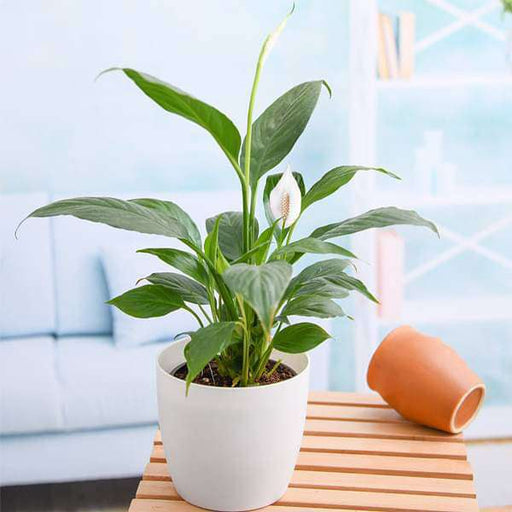
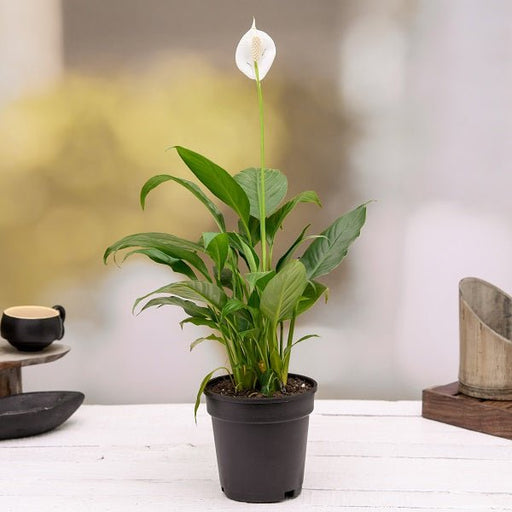 Save up to 15%
Save up to 15%
Peace Lily, Spathiphyllum - Plant The Peace Lily, scientifically known as Spathiphyllum, is a stunning houseplant celebrated for its elegant white...
View full details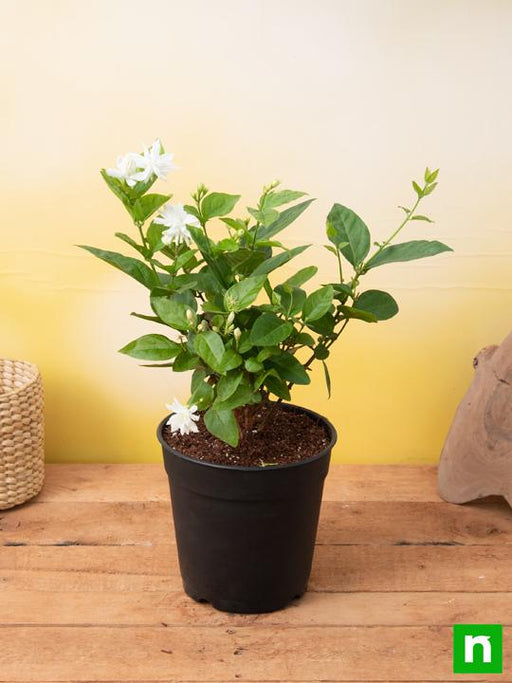
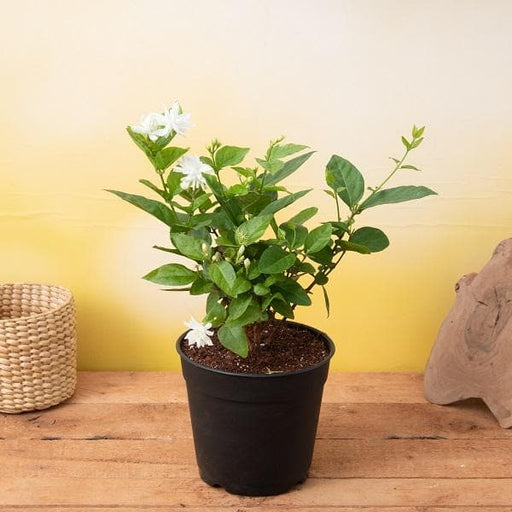 Save 25%
Save 25%
Jasminum sambac, Mogra, Arabian Jasmine - Plant Jasminum sambac, commonly known as Mogra or Arabian Jasmine, is a fragrant flowering plant...
View full details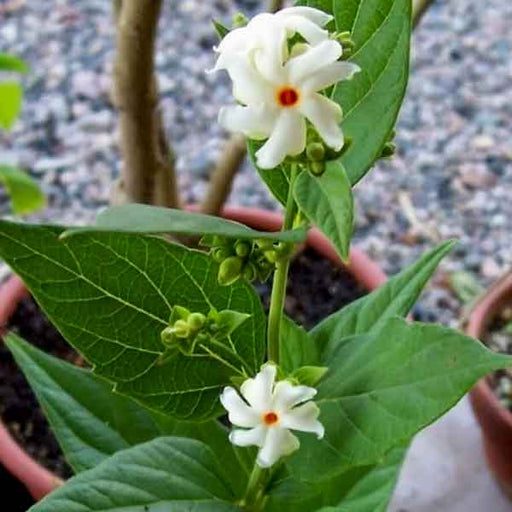
 Save 18%
Save 18%
Combo Constituents Includes the Parijat Tree (Night-Flowering Jasmine), a culturally significant plant with fragrant flowers. Description The Pari...
View full details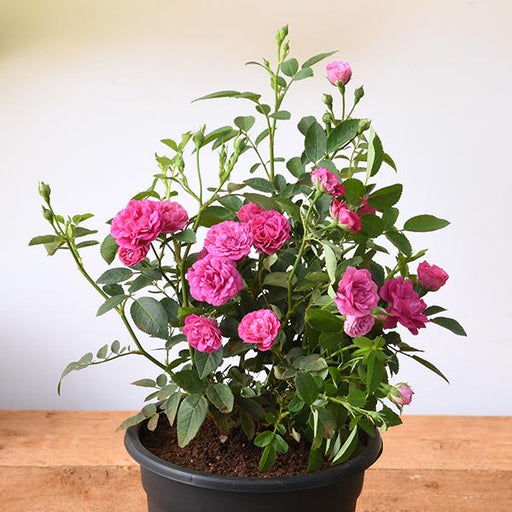
 Save 25%
Save 25%
Miniature Rose, Button Rose (Any Color) - Plant The Miniature Rose, also known as the Button Rose, is a charming and compact flowering plant that ...
View full details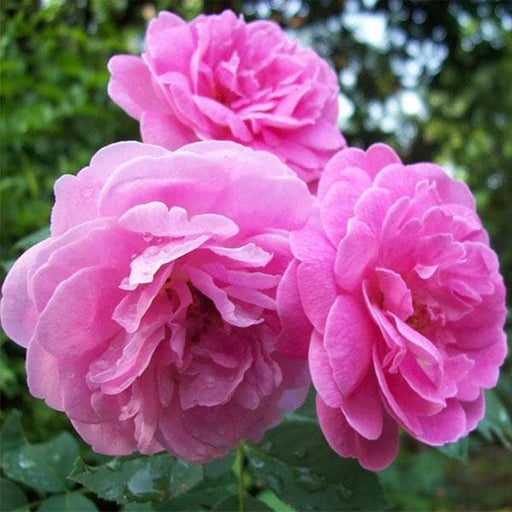 Save 25%
Save 25%
Damascus Rose, Scented Rose (Any Color) - Plant The Damascus Rose, also known as Rosa damascena, is a timeless symbol of beauty and romanc...
View full details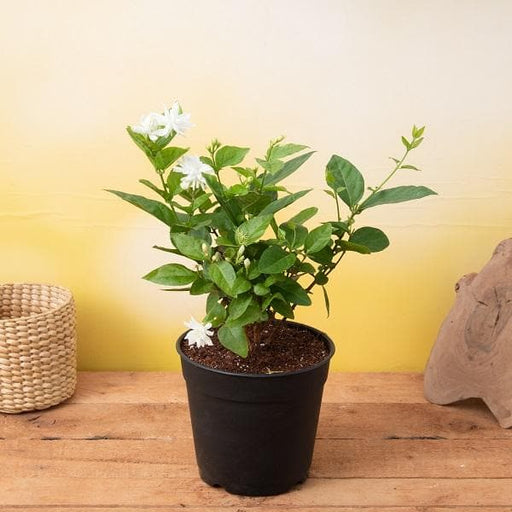
 Save 17%
Save 17%
Beautiful Fragrant Mogra, Arabian Jasmine Plant with Pot The Beautiful Fragrant Mogra, also known as Arabian Jasmine (Jasminum sambac), is...
View full details Save 15%
Save 15%
Pack of Vermicompost and Neem Cake for House Plants Transform your indoor garden with our premium Pack of Vermicompost and Neem Cake, spec...
View full details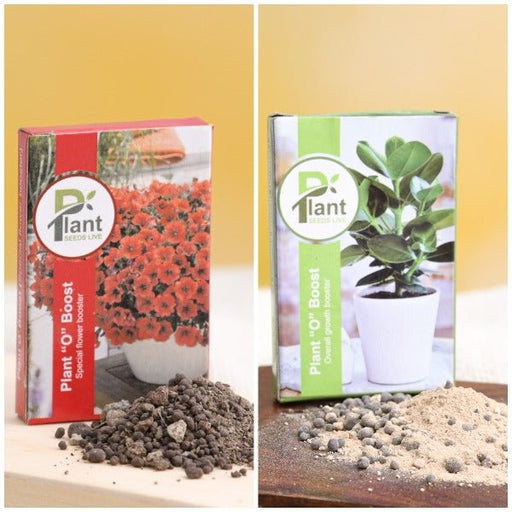
Pack of Plant Growth and Flower Boosters Unlock the full potential of your garden with our Pack of Plant Growth and Flower Boosters! This ...
View full details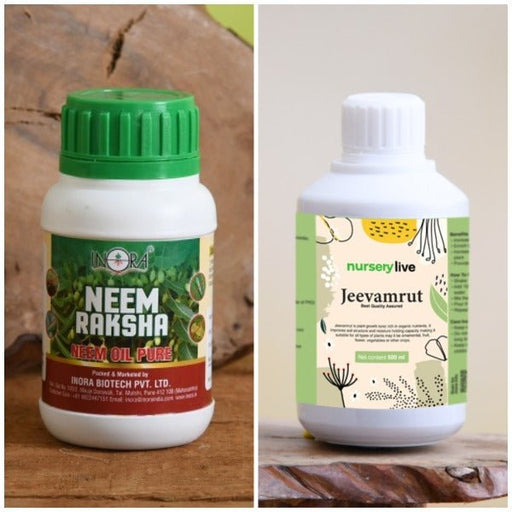 Save 38%
Save 38%
Combo of Jeevamrut and Neem Raksha for Easy Growth and Protection of Houseplants Transform your indoor garden with our exclusive combo of ...
View full details Save 22%
Save 22%
Plant Nutrients Kit (Pack of 16) for a Healthy Garden Transform your garden into a lush paradise with our Plant Nutrients Kit, featuring 1...
View full details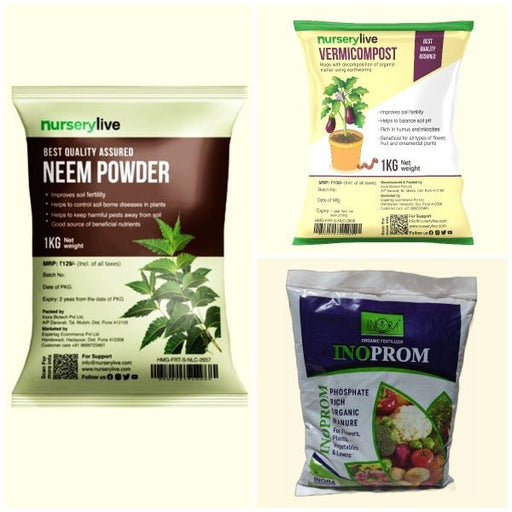 Save 16%
Save 16%
Combo of Top Plant Fertilizers Elevate your gardening game with our exclusive Combo of Top Plant Fertilizers, featuring two bags of premiu...
View full details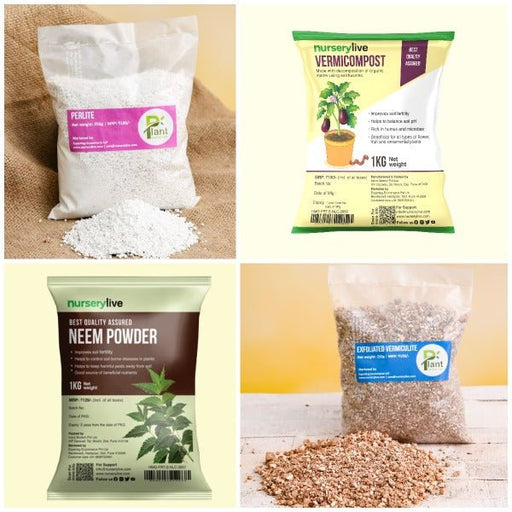 Save 24%
Save 24%
Pack of 4 Additives to Make Soil Healthy and Nutrient Rich Transform your garden into a thriving ecosystem with our Pack of 4 Additives de...
View full details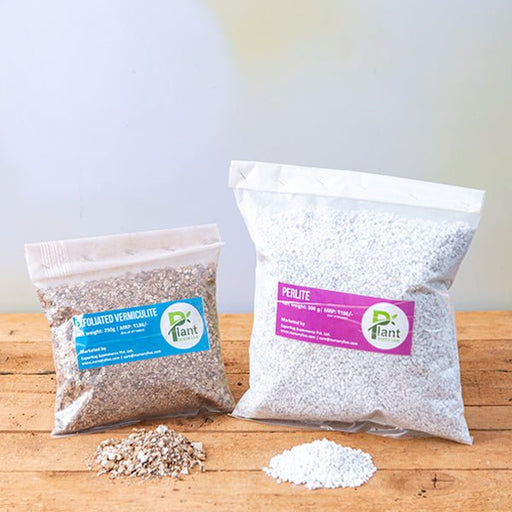 Save 30%
Save 30%
Transform your gardening experience with our premium Combo of Perlite and Vermiculite. This unique blend is designed to enhance soil aeration and ...
View full details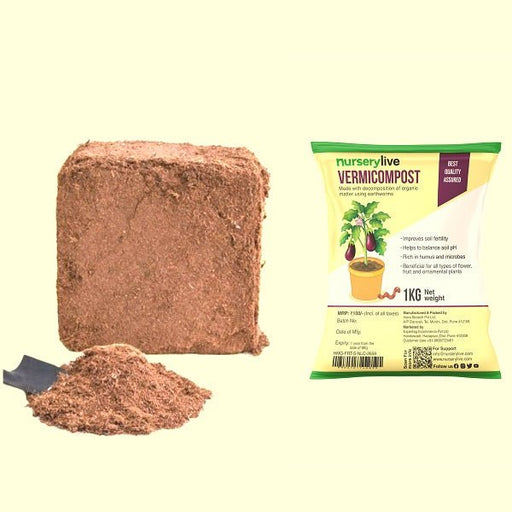 Save 27%
Save 27%
Combo of 2 Vermicompost and Cocopeat - Enrich Your Soil Naturally! Transform your garden into a thriving ecosystem with our Combo of 2 Ver...
View full details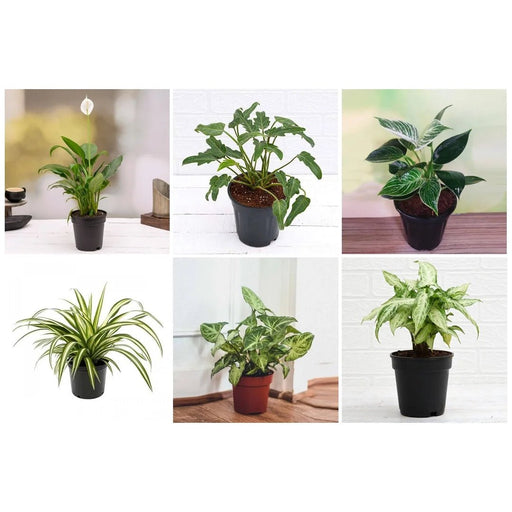
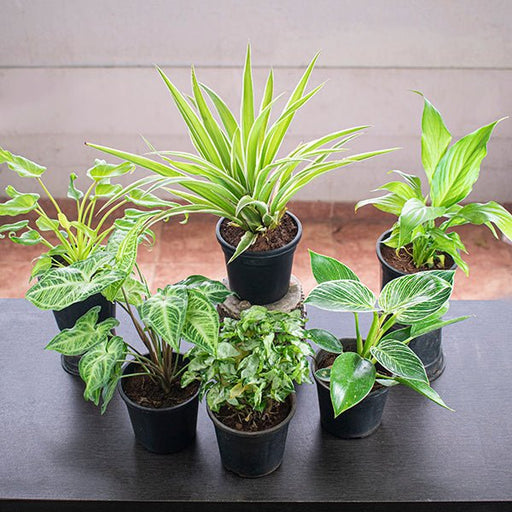 Save 35%
Save 35%
Best 6 Plants for Perfect Indoor Garden Transform your living space into a lush oasis with our curated collection of the Best 6 Plants for a...
View full details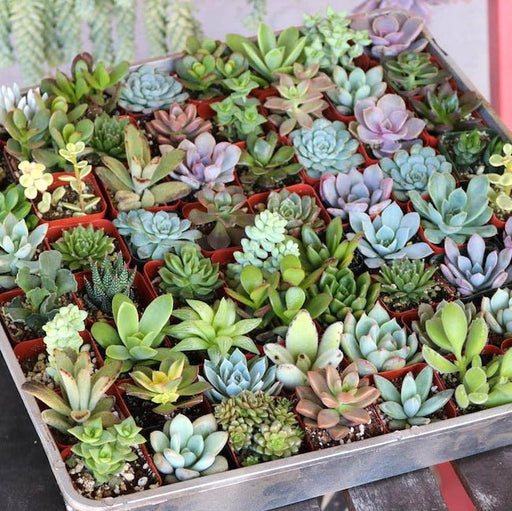
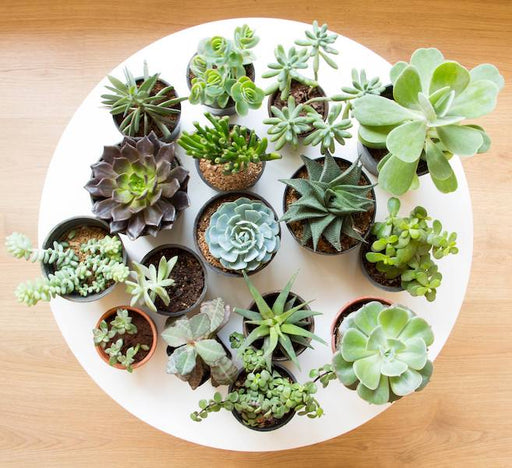 Save up to 50%
Save up to 50%
Mini Succulent Garden Pack Transform your space with our Mini Succulent Garden Pack, featuring a delightful collection of 4 any variety beautiful s...
View full details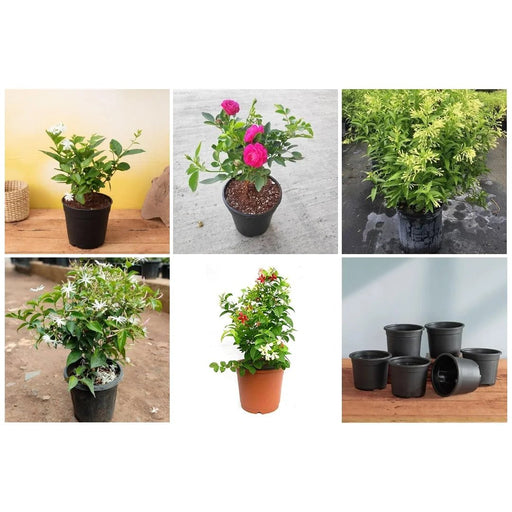
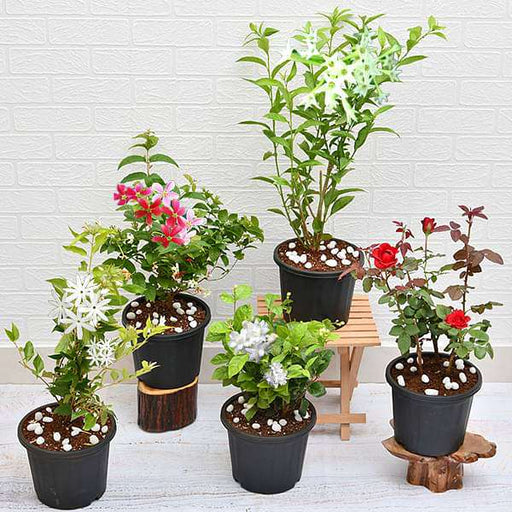 Save 30%
Save 30%
5 Best Fragrant Plants Transform your garden or indoor space into a fragrant paradise with our curated selection of the 5 Best Fragrant Plants. Th...
View full details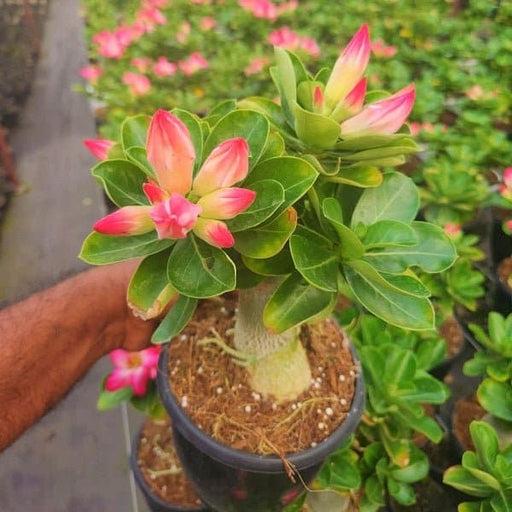
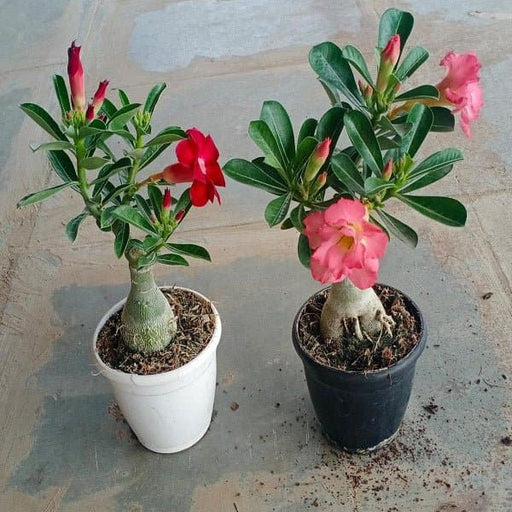 Save 24%
Save 24%
Set of 2 Bonsai Looking Grafted Adeniums Transform your indoor or outdoor space with our exquisite Set of 2 Bonsai Looking Grafted Adenium...
View full details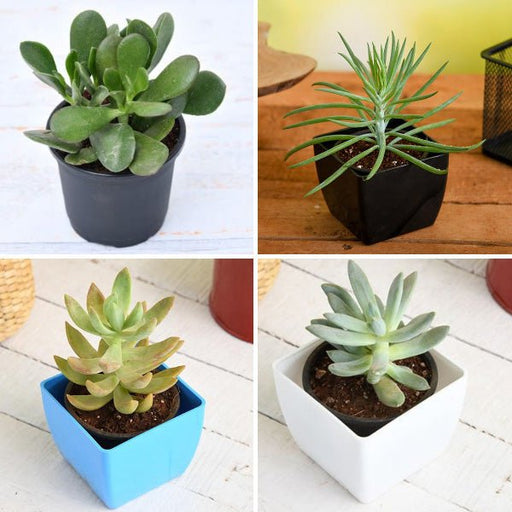 Save 45%
Save 45%
Top 4 Die Hard Succulents Pack Transform your indoor or outdoor space with our Top 4 Die Hard Succulents Pack, featuring a curated selecti...
View full details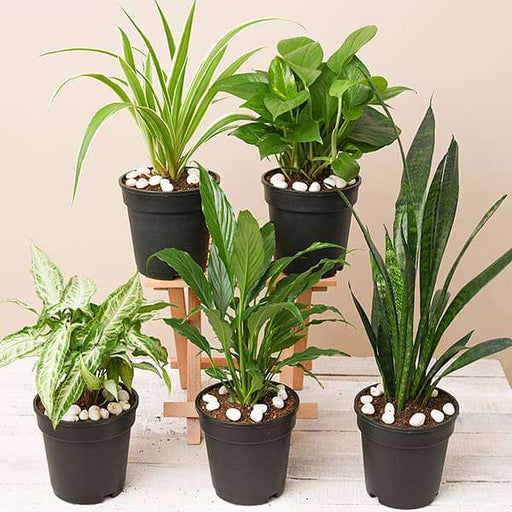
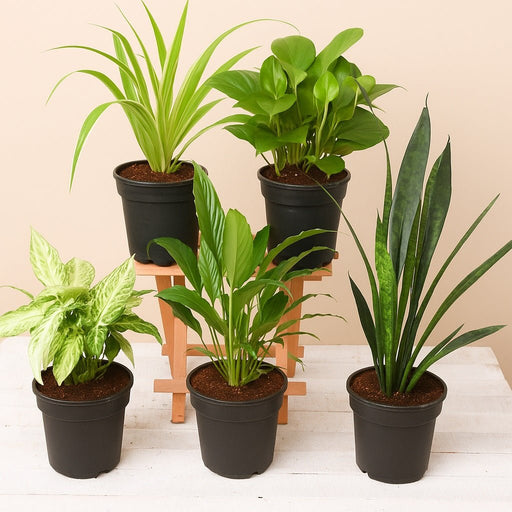 Save 30%
Save 30%
5 Best Indoor Plants Pack Transform your living space into a lush oasis with our '5 Best Indoor Plants Pack.' This carefully curated collection fe...
View full details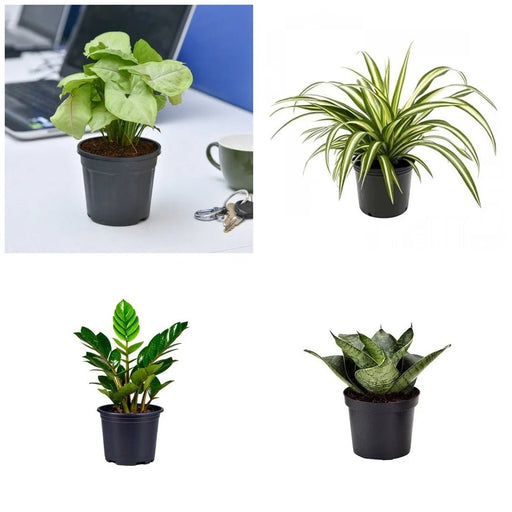
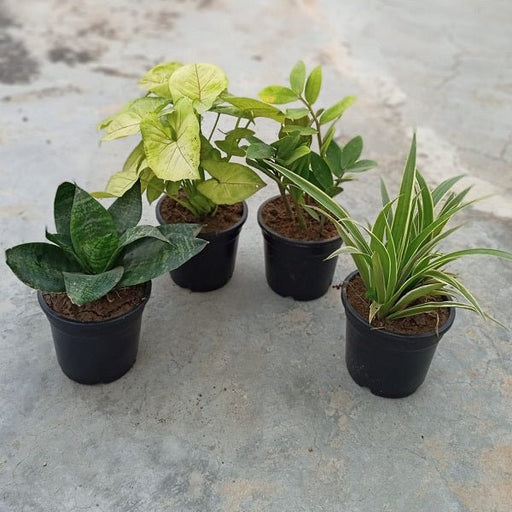 Save 25%
Save 25%
Set of 4 Evergreen Air Purifier Plant Pack Transform your indoor space into a lush, green oasis with our Set of 4 Evergreen Air Purifier Pla...
View full details| SrNo | Item Name |
|---|---|
| 1 | Mango Tree (Grown through seeds) Plant |
The Mango Tree, scientifically known as Mangifera indica, is a tropical delight that brings the essence of summer to your garden. Grown from seeds, this plant not only offers delicious, juicy fruits but also adds a lush, green aesthetic to your landscape. With its vibrant foliage and fragrant blossoms, the Mango Tree is a symbol of abundance and prosperity in many cultures.
What makes the Mango Tree special is its rich history and cultural significance. Originating from South Asia, it has been cultivated for over 4,000 years and is often referred to as the "king of fruits." Its sweet, succulent mangoes are not just a treat for the palate but are also packed with vitamins A and C, making them a healthy choice.
One of the special features of the Mango Tree is its ability to thrive in various climates, making it adaptable to different environments. Additionally, its deep root system helps prevent soil erosion, contributing positively to the ecosystem.
Growing a mango tree from seeds is like raising a child; it requires patience, love, and a bit of luck. You’ll need to nurture it with the right amount of sunlight, water, and nutrients. Remember, too much love (or water) can drown your little green buddy.
The secret to sprouting mango seeds is a little like magic—just add water and warmth! Soak those seeds, give them a cozy spot, and watch as they transform from a hard shell into a sprightly sprout. It’s like a botanical metamorphosis, minus the butterflies.
Mango trees are picky about their soil, much like a diva at a spa. They prefer well-draining, sandy loam that allows their roots to breathe. If you want your tree to thrive, treat its roots like royalty and avoid heavy, compacted soils.
Mango trees are sun worshippers, soaking up rays like they’re on a tropical vacation. They need at least six hours of direct sunlight daily. If you’re thinking of planting one, make sure it has a front-row seat to the sun’s daily performance.
Watering a mango tree is an art form. Too little, and it’ll be parched; too much, and it’ll feel like it’s drowning. Aim for a balanced schedule—let the topsoil dry out before giving it a refreshing drink. Your tree will thank you with luscious fruit!
Think of fertilizing your mango tree as giving it a gourmet meal. Use a balanced fertilizer during the growing season to ensure it gets all the nutrients it craves. Just don’t overdo it; too much of a good thing can lead to a rather cranky tree.
Pruning is like giving your mango tree a stylish haircut. It helps shape the tree, encourages growth, and improves air circulation. Just remember, a little snip here and there goes a long way—don’t turn it into a bonsai by accident!
Mango trees can attract pests like a magnet. Keep an eye out for pesky critters and treat them with organic solutions. Think of yourself as the tree’s bodyguard, ready to fend off any unwanted guests trying to crash the mango party.
When it comes to harvesting mangoes, timing is everything. Wait until they’re ripe and fragrant, but don’t let them get too soft—nobody likes a mushy mango! Use a gentle hand to pluck them from the tree, and enjoy the fruits of your labor.
Just like humans, mango trees can catch a cold—or in their case, diseases. Fungal infections and root rot are common culprits. Keep your tree healthy with proper care, and it’ll be less likely to fall ill. Prevention is the best medicine!
Not all mangoes are created equal! From the sweet Alphonso to the tangy Haden, each variety has its own personality. Choose wisely based on your taste buds, and you’ll be rewarded with a delightful harvest that’ll make your friends green with envy.
Start by selecting a ripe mango, scoop out the seed, and let it dry. Then, plant it in well-draining soil, water it, and watch it grow. Patience is key; it’s like waiting for a mango to ripen—worth it in the end!
Typically, a mango tree grown from seed takes about 5 to 8 years to produce fruit. Think of it as a long-term investment; you’re nurturing a future mango factory. Just remember, good things come to those who wait—especially when they’re juicy mangoes!
Yes, you can grow a mango tree indoors, but it requires a sunny spot and a pot big enough for its ambitions. Just like a cat, it needs its space and light. With proper care, you might just have a mini tropical paradise right in your living room!
Mango trees prefer well-draining soil with a pH of 5.5 to 7.5. Think of it as their version of a luxury spa—no soggy feet allowed! A mix of sandy loam and organic matter will keep your tree happy and thriving, ready to produce those sweet fruits.
Water your mango tree deeply but infrequently, about once a week. It’s like giving it a refreshing drink after a long day—just don’t drown it! Allow the topsoil to dry out between waterings, and your tree will reward you with lush growth and delicious mangoes.
Mango trees thrive in warm, tropical climates with plenty of sunshine. They’re sunbathers at heart, loving temperatures between 70°F and 100°F. If you live in a cooler area, consider growing them in pots so you can bring them indoors during chilly nights—like a mango vacation!
Absolutely! Just remember to choose a ripe, organic mango. After enjoying the fruit, save the seed, dry it, and plant it. It’s like recycling but way tastier! Just be prepared for a bit of a wait before you can enjoy your homegrown mangoes.
Young mango trees need plenty of sunlight, water, and a little TLC. Fertilize them every few months with a balanced fertilizer, and keep an eye out for pests. Treat them like your favorite houseplant—talk to them, and they might just reward you with delicious fruit someday!
Common pests include aphids, mealybugs, and scale insects. They’re like uninvited guests at a mango party! Keep an eye out and use insecticidal soap or neem oil to send them packing. Your mango tree deserves a pest-free zone to thrive and produce those sweet treats.
Pruning is essential for a healthy mango tree. Trim away dead or crossing branches to improve air circulation and sunlight penetration. Think of it as giving your tree a stylish haircut—just don’t go overboard! A well-pruned tree is more likely to produce abundant fruit.
The best time to plant mango seeds is in the spring when the soil warms up. It’s like sending your seeds off to summer camp—plenty of sunshine and warmth! Just ensure the frost has passed, and your seeds will be ready to sprout and grow into magnificent trees.